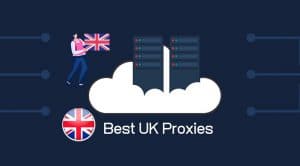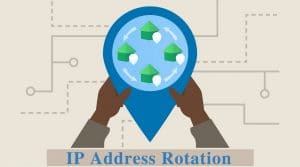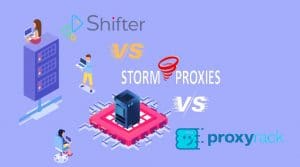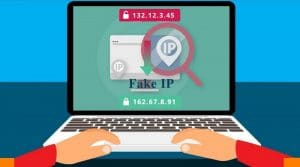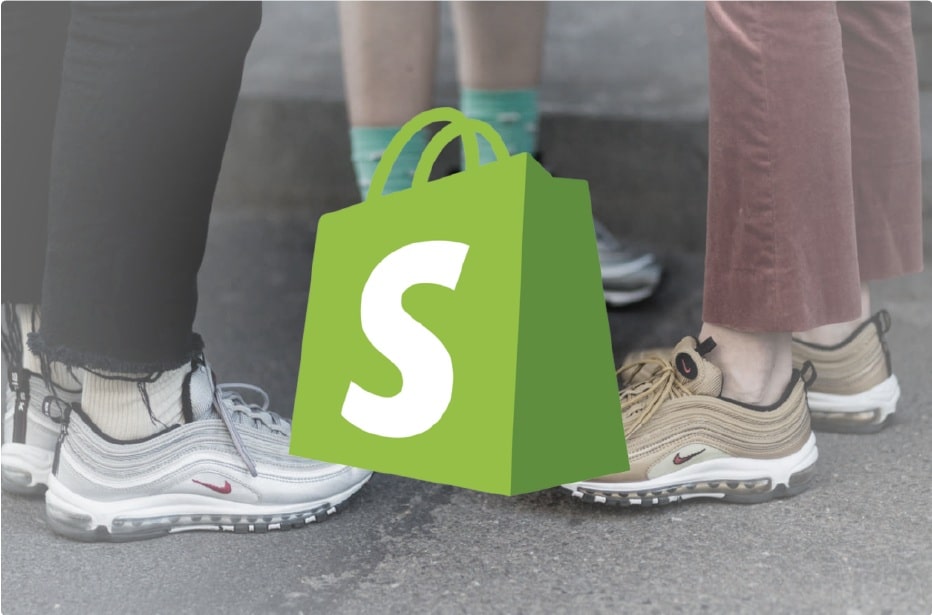
This happens every time a new set of Yeezys hits the market. It happens on all over the Internet, all at the same time.
The good news is that once you learn why this happens, you can set up a system that virtually guarantees you get access to the latest sneakers on the block the second they go on sale. Enter the world of Shopify proxies for footsites and learn how to automate shoe bots to do your buying for you.
Importantly, this guide can be used for any situation where e-commerce sites get flooded with traffic in response to new releases. You can use Shopify proxies to buy concert tickets, video games, smartphones – basically any fast-selling product you would consider camping outside a brick-and-mortar store to own.
- Icedout Proxies – Editor choice for Kith
- YourPrivateProxy – Choice for DSM-Eflash
- Ace Proxies – Budget choice for Shopify sites
What Happens the Moment New Kicks Get Released?
In the 21st century, you don’t need to camp outside brick-and-mortar stores to get your hands on the newest products to market. But you do have to beat your competition to be the first to successfully make that order.
The Internet might seem unlimited, but its rests on physical networking technology that’s responsible for transferring data from your computer or smartphone to a far-off web server. In the case of e-commerce store websites, there is only so much bandwidth that the store can offer – when a major release comes along, the site gets stuck and shuts down.
Think of bandwidth as the Internet’s plumbing. In a regular environment, the amount of traffic an e-commerce store is more-or-less constant, allowing for a few peak periods around the holidays.
But when a fresh pair of Yeezys hits or the Nintendo Switch hits the market, traffic spikes up to levels that no amount of networking infrastructure can handle. The plumbing gets blocked and the majority of users – minus a lucky few – get turned away.
Although there is a huge demand for footsite proxies, the world record for the fastest-selling online products goes to the K-Pop boy band Exo, who sold 67,040 tickets in less than a second. High-frequency stock traders are known to build the entire datacenter next to the stock market building so that they can shave all-important milliseconds off of their trades.
How to Get Ahead of the Competition
You might not really need to build an entire datacenter just to cop fresh sneakers the moment they go on sale, but you can use the same strategies that high-frequency traders and K-Pop concertgoers use.
The key is knowing when and where the new product releases are occurring, and then optimizing your approach using the latest tools on the market to get them for yourself. Let’s cover the specifics first:
Be Prepared for the Release Date
You’ll never get your footsites game off the ground if you don’t know when the release date is. Not only do you need to know the date, but you must also know the specific time of day that the release goes online.
Fortunately, when it comes to sneakers, there are plenty of options when it comes to learning when the next release is. Consider SneakerNew, or JustFreshKicks – two of the most popular websites for making your own Nike, Adidas, and Air Jordan release calendars.
Be sure to check your sources often, because manufacturers have a tendency to schedule and reschedule release dates based on sales projections and fabrication issues. In the footwear industry, release dates can often be delayed or pushed earlier. Keep yourself informed so you can act when the time is ripe.
Know Where the Product is Dropping
When it comes to the question of the product release is occurring, there are two factors to keep in mind: the digital location and the physical location.
Digital location refers to the website you are planning on buying from. Just like release dates, release sites can change over time as new branding and sales agreements take form. You definitely don’t want to see yourself waiting for a release that will never come.
Physical location refers to the datacenter housing the server that your computer will access when making the purchase transaction. It doesn’t necessarily match the physical location of the store – but it can. This takes a bit of research but it can be extremely important.
So why does physical server location matter?
Think of the high-frequency traders moving datacenters next to stock exchanges to earn valuable milliseconds. They do this in order to reduce the ping latency between their devices and the servers they access.
Ping latency is measured in milliseconds and refers to the time is takes a signal from your computer to reach the website you’re trying to access. The faster your ping rate is, the better your chances of copping new sneakers before anybody else does.
Optimize Your Browser
Choosing the right browser is important when you’re racing to be the first to get your hands on any new product online. Google Chrome has extensions and features that can make the experience go much smoother.
Mozilla’s new Firefox is another good choice. Technically, it is faster than Google Chrome, but Chrome outperforms Firefox when it comes to loading HTML5, the web programming language used by Shopify and most other e-commerce websites.
Whichever you choose, you’ll want to auto-fill your payment data in the browser. You can also use Chrome’s Page Monitor or Firefox’s Check4Change to receive a notification as soon as the website you’re targeting changes. Just be sure to turn it off once you’re in the queue to buy – you could lose your place.
How Do Shopify Proxies Fit into the Plan?
So far, we have a good plan for being the first in line to purchase any online product likely to sell out the moment it’s released. However, there is one more problem to overcome – the problem of scale.
Even if you have the fastest browser and click at just the right time to get in the sales queue of your favorite Shopify website, you are just one device out of tens of thousands (or more) trying to access the same service.
In order to guarantee that you get in the queue, you need to multiply your potential. That means multiplying the number of requests you make to the web server in question.
If you had dozens of computers on-hand, you could do this by having people repeatedly refresh the page and enter your payment information until one makes it through. But unless you own a call-center (and aren’t afraid to blatantly abuse company resources), that’s just not happening.
But this is the 21st century. You don’t need to own dozens of computers to multiply your web potential. You only need to temporarily use them – and that’s where dedicated servers and proxies come into play.
Read more: The Best Sneaker bots for Shopify sites.
What is a Private Server and How Does It Help?
Let’s say you want to learn how to cop sneakers directly from Nike’s website. A simple WhoIs search shows that Nike’s technical contact is the company’s own on-site Internet Domain Administrator located in Beaverton, Oregon.
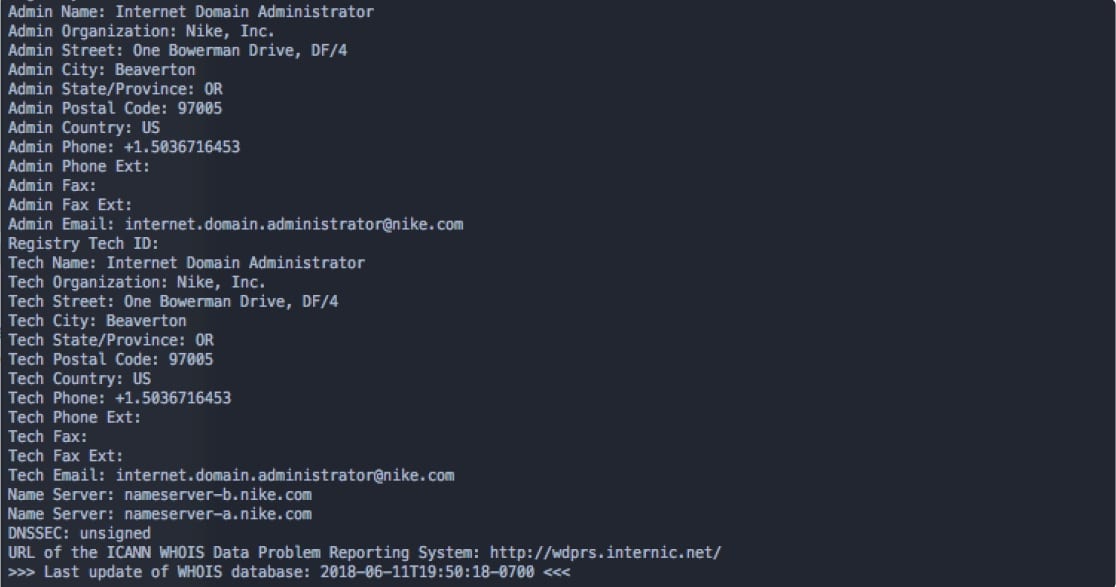
That means that if you rent the use of a private server located in Beaverton, Oregon to prepare for an upcoming release, you will have the fastest possible ping time and the best chance of scoring the sneakers.
Similarly, if you were to try the same tactic on Adidas, you would need to rent a server in Nuremburg, Germany. If you try to access the website from halfway across the world, you will lose out to competing buyers who happen to be geographically closer to the server in question.
You can use either a dedicated server or a virtual private server for this. There are some key differences between the two:
Dedicated servers are actual physical pieces of hardware that you control to accomplish a task. It’s like renting computer time at the local library, except the library is a datacenter anywhere in the world.
Virtual private servers are digital operating systems that reside on physical systems. In this case, you may be sharing physical resources like CPU power and RAM with other users, but you still enjoy a guaranteed minimum based on your agreement with the hosting provider.
As HostGator mentions, dedicated servers are typically meant to host websites with more than half a million monthly visitors. Using one might be overkill for getting a pair of sneakers – unless you want to buy a pair of Jordan 4 Retro Eminem Carhartts to the tune of $20,000.
Proxies Make Sure You Don’t Get Banned
The key to making this entire strategy work is configuring your server to use proxies to access the e-commerce site you are trying to target. If a Shopify site sees the same request coming in from the same IP address repeatedly, it will automatically block that address, thinking that it’s a DDoS attack. More proxies = more success on Shopify.
If that happens, your chances of success quickly dwindle to zero. Reconfiguring your IP address or getting a new server simply takes too long.
Proxies mask the origins of Internet communications. They do this by filtering requests (like the request to access a certain web page) through a secondary server. The target server sees the request coming from a different location and treats it like a different request. It doesn’t know that you’re behind them all.
Read more: Guide to Copping Shoes using sneaker proxies, bots, and servers.
The best Shopify proxies have the following features
Security
This is obviously the most important factor. Do not use any type of proxy besides dedicated Shopify proxies. You’re sending credit card information through a proxy. Don’t trust a free proxy or a residential proxy for this or you may end up paying dearly for it.
Close Location
If your server is in a certain city and your proxies are halfway across the world, you’re taking one step forward and two steps back. Make sure your proxies are physically located near your server and near the store’s servers.
Rotating IP Addresses
Dedicated and private servers typically offer you a stable IP address, which is best for Shopify. Rotating proxies will not work well for Shopify because hundreds of other people are using the same IPs as you (and most rotating proxy services are residential on home computers, should be a little slow, the key to succeed on Shopify is the speed).
With multiple dedicated, static Shopify proxies operating on multiple accounts accessing on foot site, you are almost fully prepared to win the race when new products get released. There is just one last piece of advice you need to know:
Set up every Shopify proxy with a different credit card on auto-fill. This is the only thing that truly limits your ability to leverage an unlimited number of proxies. Shopify sites treat multiple requests using the same credit card data as a red flag and respond by banning users.
Take out as many cards as you can, ask friends and family to help out and you just might earn yourself the distinction of being the next owner of the most in-demand shoes on the market.

